6 Must-Visit Places In India To Experience Night Safaris And Bioluminescent Trails
When the sun goes down and the world goes quiet, the call of the wild takes on an entirely different melody — mysterious, awe-inspiring, and a bit surreal. Throughout the land of India, few destinations stand against conventional wildlife and nature experiences to offer magical nighttime adventures. Night safaris and bioluminescent trails are now attracting adventurers and dreamers into the moonlit wilds.
From forests alive with rare beasts by night to dazzling beaches that light up with the faintest touch, these midnight escapades lay bare India's invisible natural beauty.
ALSO READ: Walk With The Giants — India's Most Breathtaking Elephant Safari Hotspots To Explore
Satpura National Park, Madhya Pradesh:
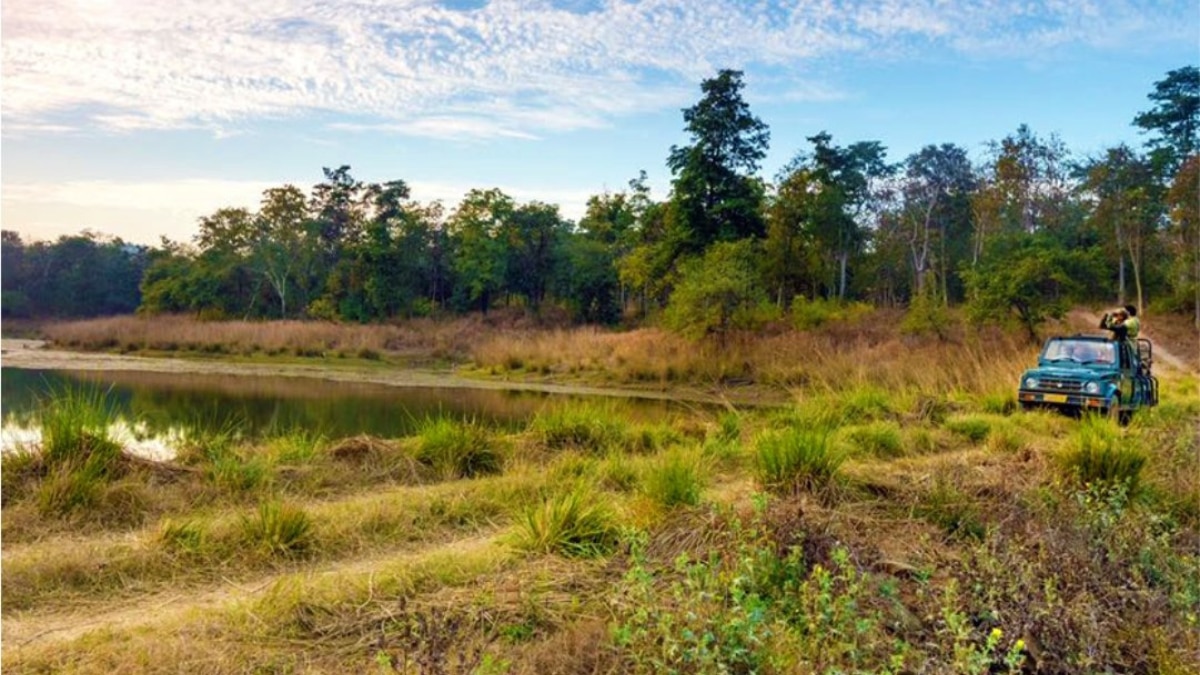 (Image Source: x/ MPTourism)
(Image Source: x/ MPTourism)
Hidden away in the less travelled ranges of Madhya Pradesh, Satpura National Park presents India's very first official night safari. The crowded sal and teak forests, covered with moonlight, become a haven for species that come out at night, such as leopards, civets, flying squirrels, and even sloth bears. Guests ride in specially outfitted jeeps accompanied by trained naturalists who interpret the sounds and signals of the woods at night.
Pench National Park, Madhya Pradesh:
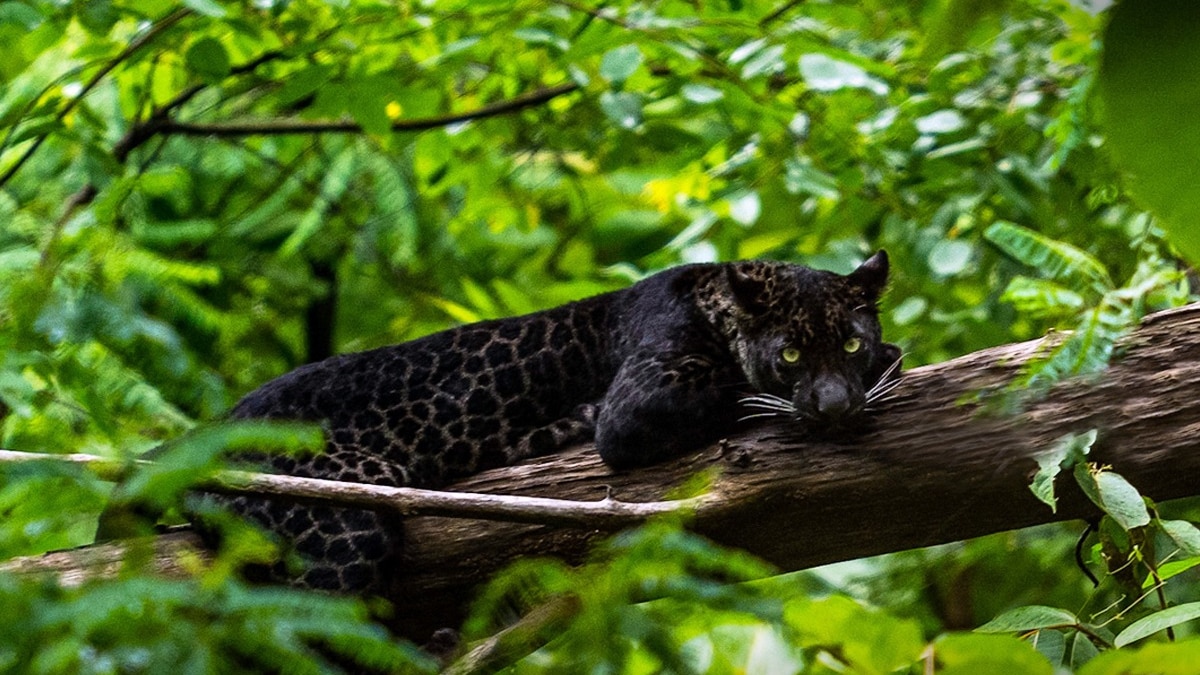 (Image Source: x/ MPTourism)
(Image Source: x/ MPTourism)
Yet another jewel in Madhya Pradesh's treasure trove of wildlife circuits, the Pench National Park also offers guided night safaris that explore the reserve's buffer zones. Landscaped in Rudyard Kipling's The Jungle Book, the forest has jungle cats, hyenas, and owls that rule the night. The thrill of catching glimpses of shining eyes in the dark makes Pench an unforgettable night destination.
Mhadei Wildlife Sanctuary, Goa:
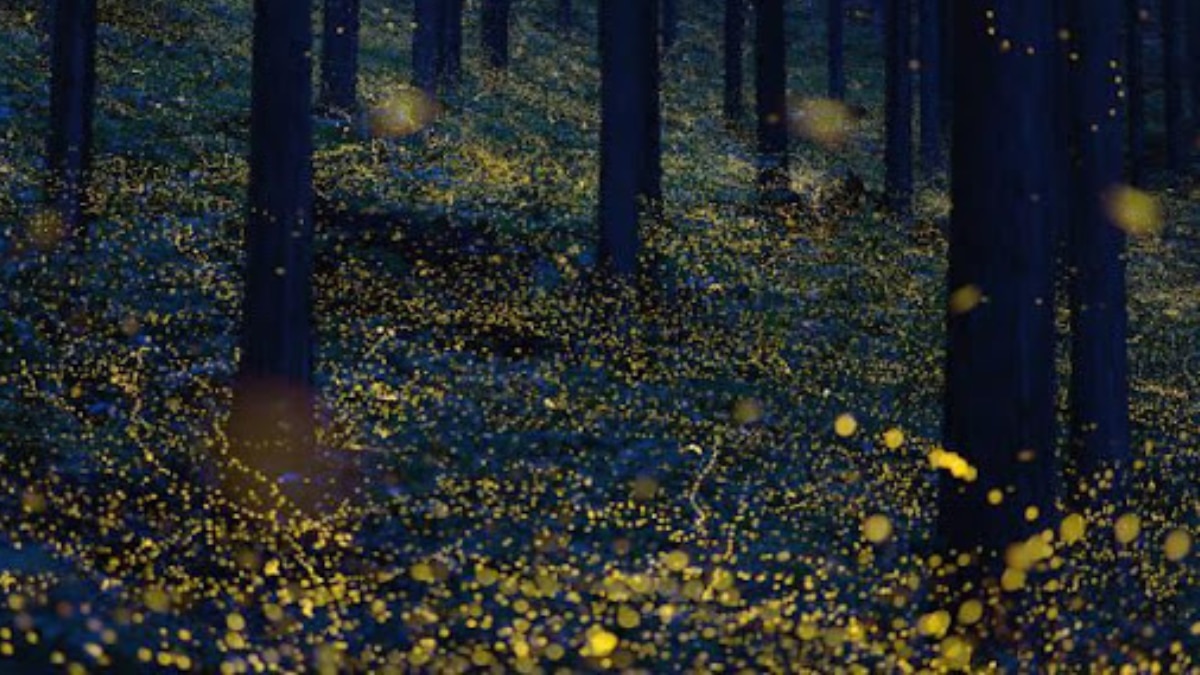 (Image Source: x/ indian_visa_org)
(Image Source: x/ indian_visa_org)
While Goa is renowned for its beaches and parties, little is heard about the bioluminescent paths deep in Mhadei Wildlife Sanctuary. In monsoon and post-monsoon seasons, a very rare natural spectacle lights up sections of the sanctuary as a glowing paradise. Due to the existence of bioluminescent fungi, commonly seen on rotting wood, the forest floor glitters in the moonlight.
Juhu Beach, Maharashtra:
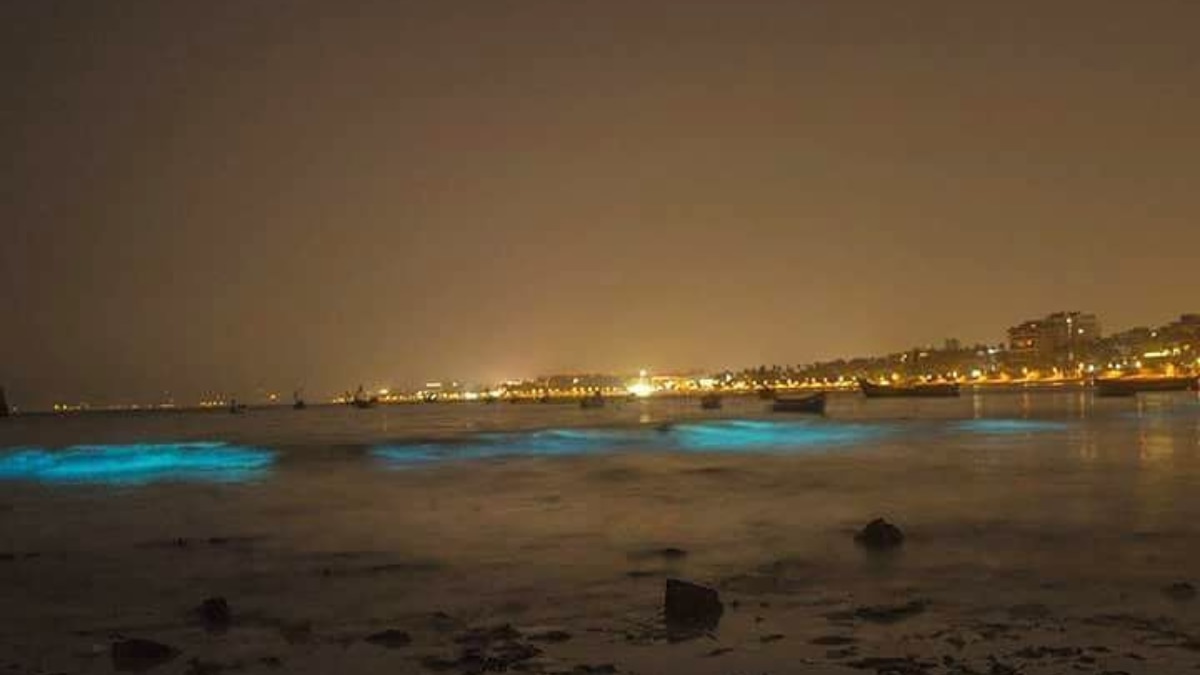 (Image Source: x/ _things2do)
(Image Source: x/ _things2do)
Mumbai’s Juhu Beach may seem unlikely for a natural spectacle, but under rare conditions, this urban shoreline witnesses bioluminescence. Caused by dinoflagellates—microscopic marine plankton that emit light when disturbed—this phenomenon turns the waves into a radiant blue tapestry. The sightings usually occur post-monsoon, drawing late-night wanderers and curious photographers.
Sundarbans, West Bengal:
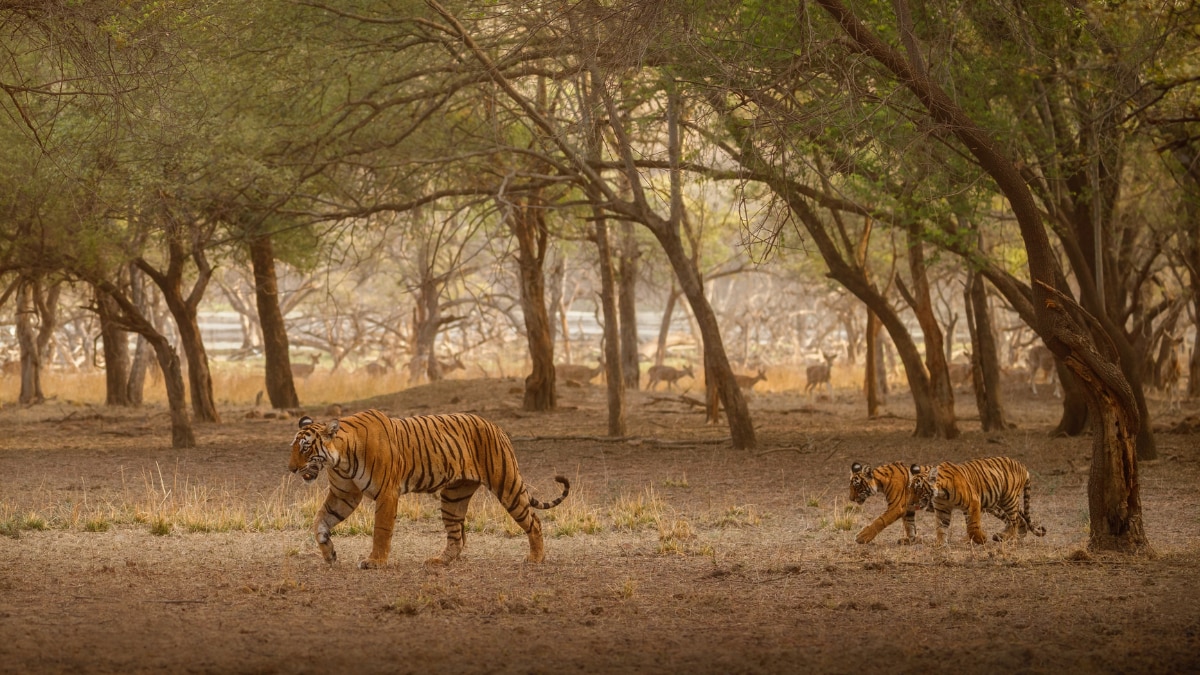 (Image Source: Canva)
(Image Source: Canva)
Nighttime boat safaris through the twisted mangroves in Sundarbans provide a glimpse into the dark world of estuarine crocodiles, fishing cats, and possibly even the hidden Royal Bengal Tiger. The quiet of the delta, interrupted only by the splash of unseen life, is a tension and beauty that daytime outings just can't match.
Bhimashankar Wildlife Sanctuary, Maharashtra:
 (Image Source: x/ incredibleindia)
(Image Source: x/ incredibleindia)
For some enchanted weeks prior to the monsoon, Bhimashankar's woodlands radiate in unison with the light of millions of twinkling fireflies. Thousands of tourists visit to trek through the sanctuary under a canopy of starry night skies to see this breathtakingly beautiful light display. It is one of the few locations in India where such huge clusters of fireflies gather and establish a surreal tunnel of light within the wilderness.
lifestyle